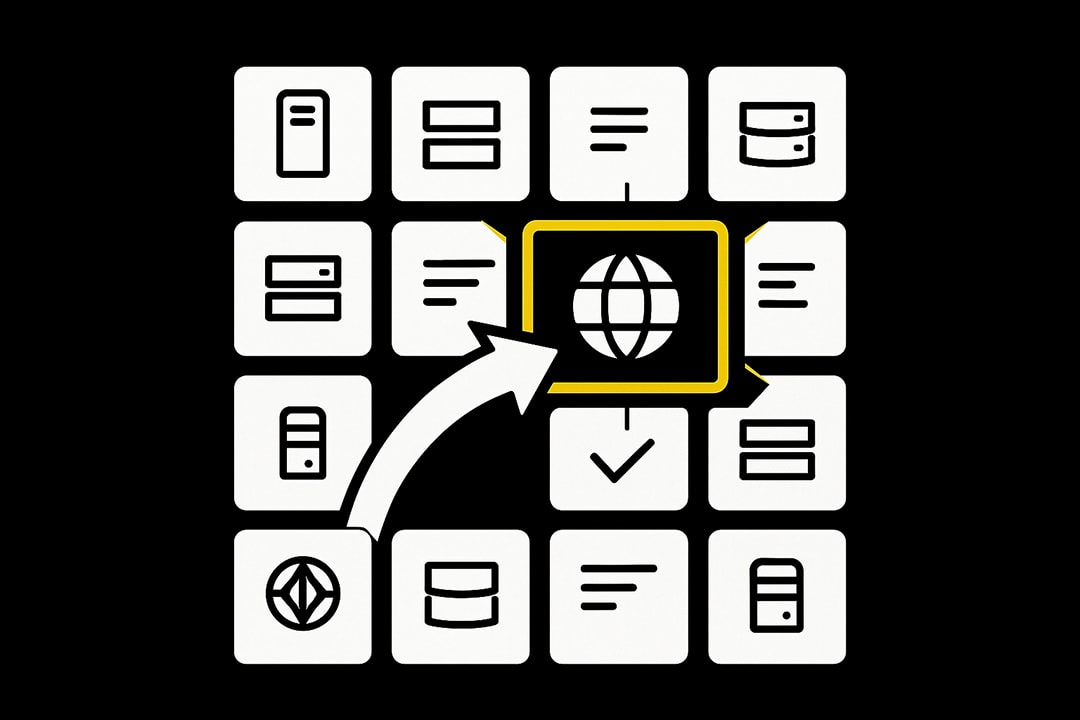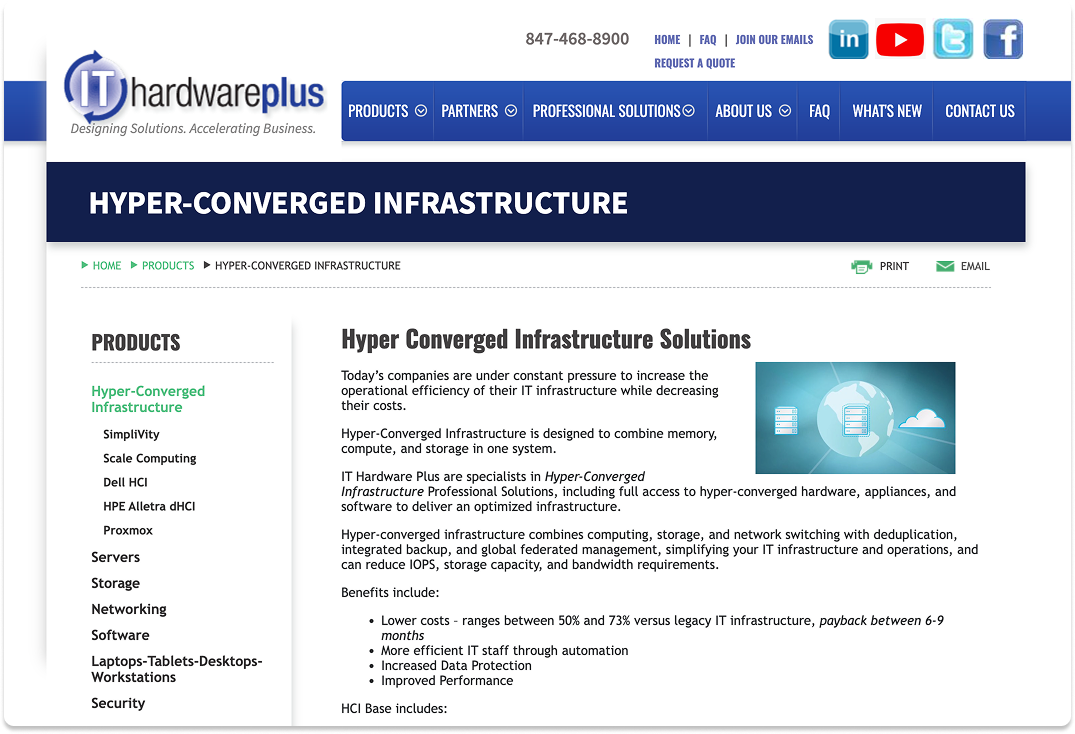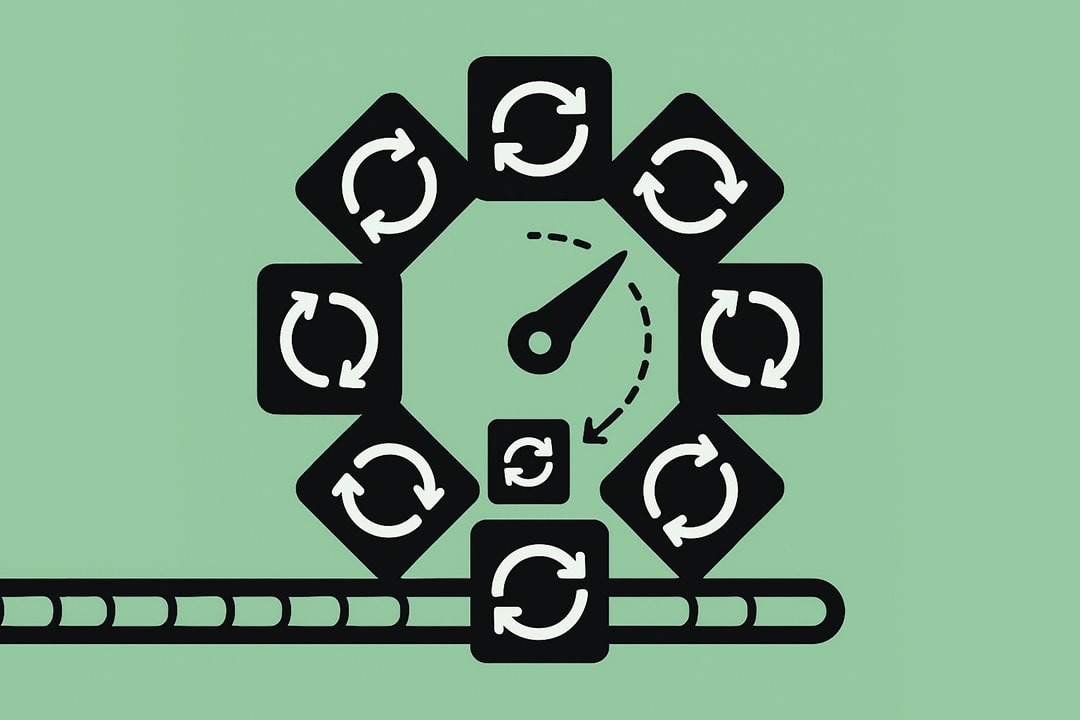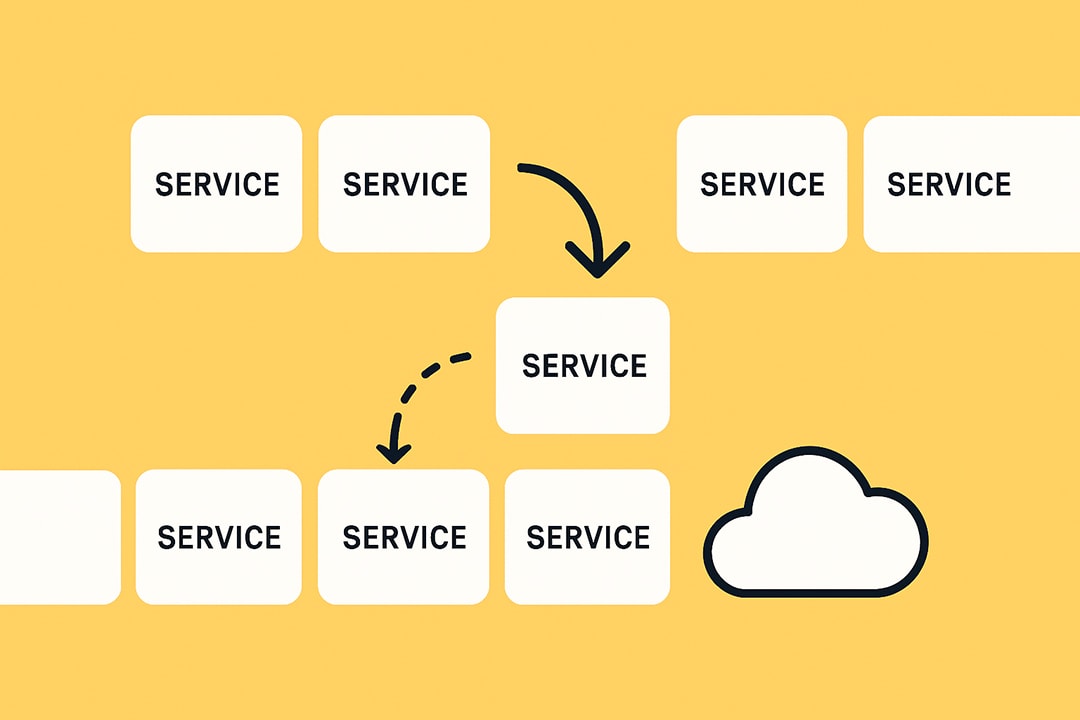Taming complexity in Hyper-Converged Infrastructure
Explore the real technical challenges of hyper-converged infrastructure and discover how IT leaders can overcome complexity to drive innovation and resilience.

Unmasking the real challenges of Hyper-Converged Infrastructure
When simplicity becomes a mirage
Hyper-Converged Infrastructure was supposed to be the antidote to sprawling data silos, vendor chaos, and the agony of legacy IT. In reality, every layer of abstraction brings technical challenges that demand sharp, strategic thinking. Cloud security, data protection, and cloud managed services are at the center of modern infrastructure debates, yet many IT leaders find that these promised benefits conceal intricate issues beneath the surface.
Where the architecture bites back
HCI platforms are notorious for hiding complexity inside glossy dashboards. Sure, single-pane management is convenient, but when latency spikes or data protection fails, the lack of visibility into storage, cloud networking, and compute layers quickly becomes a critical liability.
The so-called “noisy neighbor” problem is not just folklore. Ask anyone who has watched a critical database workload tank during a routine cloud backup and recovery operation. Resource contention is a daily reality, and without granular observability, root cause analysis turns into a guessing game.
Scaling is not always linear
HCI promises seamless scale-out. The truth is, scaling storage and compute in lockstep rarely fits real-world needs. Enterprises with heavy analytics or AI/ML ambitions often require storage-heavy architectures, but traditional HCI models force compute and storage to grow together.
This mismatch means wasted resources and ballooning costs. Disaggregated models help, but they demand new skillsets and introduce fresh edge computing and vendor management headaches.
Cloud integration is no silver bullet
Integrating cloud solutions and cloud backup and recovery tools with on-prem HCI is less plug-and-play and more patch-and-pray. Network bottlenecks, unpredictable cloud managed services costs, and the constant arms race of cloud security threats keep IT leaders awake at night. Identity and access management, vendor management software, and disaster recovery all require orchestration at a level that most HCI platforms do not natively deliver.
IT leaders cannot afford illusions. Every technical choice ripples through cloud security, cloud networking, and data protection. The reality is that strong architecture demands relentless transparency, not just shiny dashboards.
Strategic risks and management blind spots in HCI
Vendor lock-in is not just a buzzword
The convenience of integrated stacks often comes with invisible shackles. Relying on a single HCI vendor can quietly erode negotiating power, limit multi-cloud ambitions, and complicate future migrations. Vendor management, vendor relationship management, and vendor management software are no longer procurement-only concerns; they are strategic levers IT leaders must actively control.
The cost of extracting workloads from proprietary platforms can dwarf initial savings, especially when hybrid architectures are on the roadmap.
Monitoring gaps hide in plain sight
Many HCI platforms promise simplified management, but real-time monitoring, data protection, and identity and access management should not be afterthoughts. Built-in tools often fall short of enterprise needs, lacking granularity for root cause analysis and integration with robust incident response and threat detection and response ecosystems.
When a major incident hits, discovering that essential logs or metrics are locked away in a vendor’s walled garden is a lesson no leader wants to learn the hard way.
Security, compliance, and the edge
Unified HCI architectures introduce novel attack surfaces. Cloud security is not automatic just because infrastructure is converged. Patch lag, misconfigured RBAC, and unvetted cloud-managed services expose blind spots that adversaries exploit.
For organizations pushing workloads to branch offices or edge computing environments, backup and recovery, disaster recovery, and data protection become even more complex. Cloud backup and recovery must be airtight, not just convenient. Identity and access management must be as rigorous at the edge as it is in the core.
Innovation versus paralysis
Every shortcut in visibility or flexibility is a future barrier to innovation. IT leaders must weigh the allure of simplified operations against the long-term risk of inflexibility and hidden technical debt. The real cost is not just monetary; it is the lost momentum in driving AI/ML and cloud solutions that can propel the organization forward. Strategic risk in HCI is not about what is visible today but what lurks unseen until it becomes urgent.
How IT hardware plus solves the HCI challenge
IT Hardware Plus approaches hyper-converged infrastructure with a clear-eyed understanding of what IT leaders actually face—complexity, unpredictability, and the relentless demand for security and uptime. Their solutions are engineered not just for deployment, but for real-world resilience and control.

Integrated transparency and end-to-end observability
- Unified Management: IT Hardware Plus platforms provide a “single pane of glass” for managing compute, storage, cloud networking, and backup and recovery—eliminating blind spots and enabling rapid root cause analysis.
- Real-Time Analytics: Advanced AI-driven tools (such as HPE InfoSight) continuously monitor and optimize workloads, automatically flagging performance anomalies and resource contention.
- Comprehensive Monitoring: Deep integration across cloud-managed services, edge computing, and on-prem infrastructure ensures no system goes unmonitored.
Flexible, modular architecture
- Vendor-Agnostic Choices: IT Hardware Plus offers HCI platforms from industry leaders (HPE SimpliVity, Dell EMC VxRail, Scale Computing, Proxmox) so organizations can align technology to actual needs, not vendor marketing.
- Converged and Disaggregated Deployments: Support for both traditional HCI and disaggregated HCI (dHCI) models enables independent scaling of storage or compute, critical for organizations with variable cloud solutions or AI/ML workloads.
- Seamless Cloud Integration: Built-in connectors for cloud backup and recovery, disaster recovery, and hybrid deployment make true hybrid cloud operations achievable.
Security and data protection first
- Zero Trust by Design: Integrated security frameworks address identity and access management, data protection, and threat detection and response across every layer.
- Automated Backup and Disaster Recovery: Continuous, policy-driven backups and rapid recovery workflows are standard—not optional—minimizing downtime and ensuring compliance.
- Immutable Backups: Built-in ransomware resilience protects critical data assets without manual intervention.
Strategic vendor and asset management
- Vendor Management Solutions: Embedded vendor management software and vendor relationship management tools help IT leaders track contracts, performance, and compliance, maintaining leverage and accountability with cloud vendors and managed service providers.
- Enterprise Asset Management: Holistic oversight of IT assets—from edge to core—streamlines lifecycle management and supports proactive budget planning.
Expert consulting and ongoing support
- Custom Solution Design: IT Hardware Plus guides organizations through assessment, design, migration, and optimization, ensuring that architecture matches business needs—not the other way around.
- Continuous Knowledge Transfer: Training, documentation, and ongoing support empower in-house teams to operate and evolve the HCI environment with confidence.
Turning complexity into opportunity
Navigating the complexity of hyper-converged infrastructure demands more than surface-level solutions. Every layer—cloud security, data protection, cloud managed services, and identity and access management—brings its own technical and strategic challenges.
The risks of vendor lock-in, resource contention, and fragmented backup and recovery are real, and ignoring them only leads to costly surprises and lost momentum.
True progress happens when organizations demand transparency, modularity, and unified observability from their infrastructure. When all pieces—edge computing, cloud solutions, vendor management software, and security frameworks—operate as one cohesive system, IT leaders gain the clarity and control needed to drive innovation. In a world where complexity is the norm, only those who make it visible and manageable can truly move their business forward.
Demand more from your HCI
More visibility, more flexibility, and more control. Consider an architecture that empowers innovation instead of holding it back. Explore what IT Hardware Plus can do for you, match when you’re ready, book meetings, build a long-lasting relationship—all from the same platform.
FAQ
What are the main technical challenges of hyper-converged infrastructure (HCI)?
The primary technical challenges include vendor lock-in, resource contention among VMs, scaling limitations, network bottlenecks, and insufficient observability for troubleshooting and root cause analysis.
How does hyper-converged infrastructure impact cloud security and data protection?
HCI platforms can enhance cloud security and data protection when properly configured, but they also introduce new risks such as misconfigured identity and access management, patch lag, and gaps in backup and recovery if not vigilantly managed.
What should IT leaders consider when choosing an HCI vendor?
IT leaders should evaluate factors like scalability, vendor management flexibility, integration with existing cloud solutions, transparency in monitoring, and support for disaster recovery and data protection.
How can organizations avoid vendor lock-in with hyper-converged infrastructure?
To avoid vendor lock-in, organizations should prioritize open architectures, support for multiple hypervisors, robust vendor management software, and clear exit strategies for data and application migration.
Why is unified observability important in HCI environments?
Unified observability provides real-time visibility into all layers of infrastructure, enabling faster troubleshooting, optimized resource allocation, and proactive incident response—essential for maintaining performance and security in complex HCI deployments.





